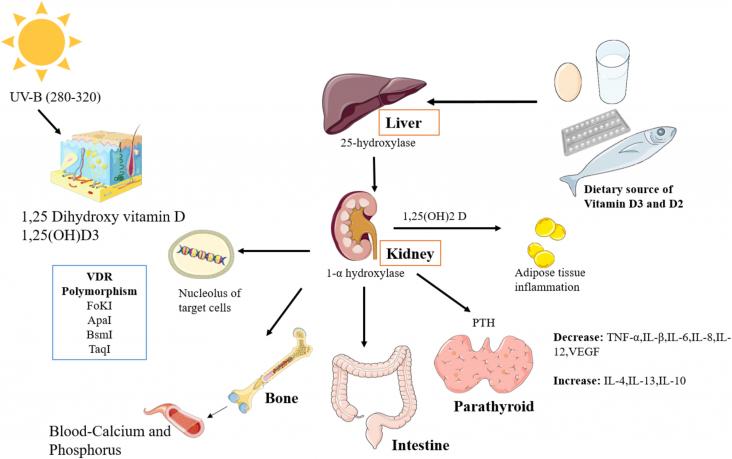
World Hepatitis day July 28th, 2024. It's time for action.
The Lancet Regional Health - Western Pacific, Volume 48, July 2024
The Lancet Regional Health - Americas, Volume 35, July 2024
eClinicalMedicine, Volume 72, June 2024
The Lancet Regional Health - Western Pacific, Volume 46, May 2024
The Lancet Global Health, Volume 12, May 2024
American Journal of Transplantation, Volume 24, May 2024
eClinicalMedicine, Volume 70, April 2024
The Lancet Regional Health - Western Pacific, Volume 45, April 2024
eClinicalMedicine, Volume 69, March 2024
The Lancet Regional Health - Western Pacific, Volume 44, March 2024
Pharmacological Research, Volume 200, February 2024
The Lancet Regional Health - Europe, Volume 36, January 2024
The Lancet Regional Health - Americas, Volume 29, January 2024
eClinicalMedicine, Volume 66, December 2023
The Lancet Global Health, Volume 11, December 2023
The Lancet Regional Health - Europe, Volume 34, November 2023
The Lancet Public Health, Volume 8, September 2023
The Lancet Microbe, Volume 4, August 2023
The Lancet Regional Health - Western Pacific, Volume 35, June 2023
Current Opinion in Virology, Volume 60, June 2023
The Lancet Regional Health - Western Pacific, Volume 35, June 2023
Vaccine, Volume 41, 27 January 2023
Virus Research, Volume 323, 2 January 2023
Antiviral Research, Volume 209, January 2023
Virology, Volume 578, January 2023
Journal of Virological Methods, Volume 323, January 2024, 114852
Molecular Medical Microbiology (Third Edition), 2024, Pages 2311-2319
Diagnostic Molecular Pathology (Second Edition): A Guide to Applied Molecular Testing, 2024, Pages 63-77
Comprehensive Guide to Hepatitis Advances, 2023, Pages 603-628
Oncogenic Viruses, Volume 2: Medical Applications of Viral Oncology Research, 2023, Pages 173-189
Clinical Immunology (Sixth Edition): Principles and Practice, 2023, Pages 972-982
Advanced Vaccination Technologies for Infectious and Chronic Diseases: A Guide to Vaccinology, Developments in Immunology, 2024, Pages 51-62
Viral, Parasitic, Bacterial, and Fungal Infections: Antimicrobial, Host Defense, and Therapeutic Strategies, 2023, Pages 757-770
Viral, Parasitic, Bacterial, and Fungal Infections: Antimicrobial, Host Defense, and Therapeutic Strategies, 2023, Pages 87-99
Principles and Practice of Pediatric Infectious Diseases (Sixth Edition), 2023, Pages 1125-1133.e4
This content aligns with Goal 3: Good Health. Hepatitis B prevalence is highest in the WHO Western Pacific Region and the WHO African Region, where 6.2% and 6.1% of the adult population is infected, respectively. In the WHO Eastern Mediterranean Region, the WHO South-East Asia Region, and the WHO European Region, an estimated 3.3%, 2.0%, and 1.6% of the general population is infected, respectively. In the WHO Region of the Americas, 0.7% of the population is infected. Global differences of HBsAg positivity prevalence between males (3.9%) and females (3.5%) are small.
Plotkin's Vaccines (Eighth Edition), 2023, Pages 443-450.e4
This content aligns with Goal 3: Good Health. Although HEV 239 vaccine was licenced for use in China in 2011, several steps including prequalification by the World Health Organization are needed to make the vaccine available where it is most needed, in particular for use in large outbreaks in developing countries.
Nelson Pediatric Symptom-Based Diagnosis: Common Diseases and their Mimics (Second Edition), 2023, Pages 306-319.e1
This content aligns with Goal 3: Good Health. This chapter identifies potentially life-threatening conditions, to focus on emergency measures to manage immediate threats to life, and to prevent irreversible end-organ damage.
Ciottone's Disaster Medicine (Third Edition), 2024, Pages 388-392
This content aligns with Goal 3: Good Health. The purpose of this chapter is to provide a background understanding and framework to aid in the prevention, identification, and control of infectious diseases in disaster zones.
Remington and Klein's Infectious Diseases of the Fetus and Newborn Infant (Ninth Edition), 2025, Pages 728-744.e4
This content aligns with Goal 3: Good Health. Public health programs at the governmental level are in need for prevention of the maternal-fetal transmission of these viruses and access to available antiviral therapies.
Metabolic Steatotic Liver Disease: Current Knowledge, Therapeutic Treatments, and Future Directions, 2024, Pages 261-275
This content aligns with Goal 3: Good Health as this chapter will review the aspects of combined viral hepatitis and FLD, including prevalence, risk factors, natural history, pathogenesis, and management to help inform the reader of the complexity of these liver diseases.

